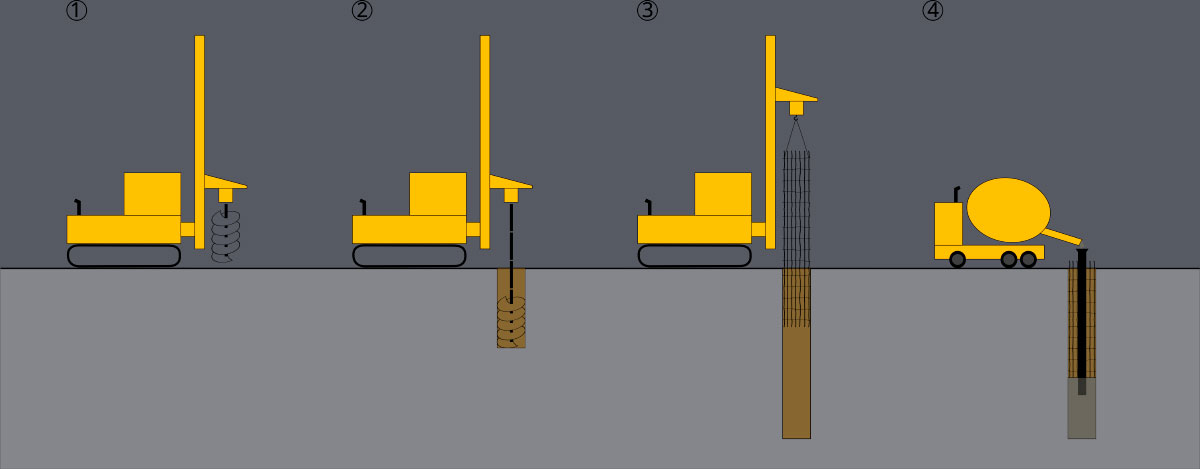Even if a structural calculation is impeccable, if the resulting structure rests on poor soil, insufficient to support its loads, or on foundations that ignore this fact, the result will be a failure, even a catastrophic one. It is precisely in these cases that deep foundations are the appropriate engineering response. Deep foundations transfer the loads of the structure to more stable layers of soil, however deep they may be.
These foundations are used in both new and existing buildings, although in the latter case micro-piles, in other words, piles with a reduced diameter to minimise the impact on the existing structure, are often used. In addition, they are usually made of materials such as steel, which increases the bearing capacity, but also the cost. However, whatever the deep foundations are, they are not recommended as a matter of course, because although they are the safest, they are also the most expensive.
Mexico City provides a paradigmatic example that helps to understand the issue. This city was built on an ancient lagoon, with soft and subsiding soils. Here, old buildings – such as stone churches – rest directly on the ground and gradually sink. In contrast, the new buildings, founded on piles, maintain their levels, which creates a visible contrast, as the old structures eventually fall below the modern ones.
By Jorge Laguna, head of the structures section of Amusement Logic’s architecture department.







